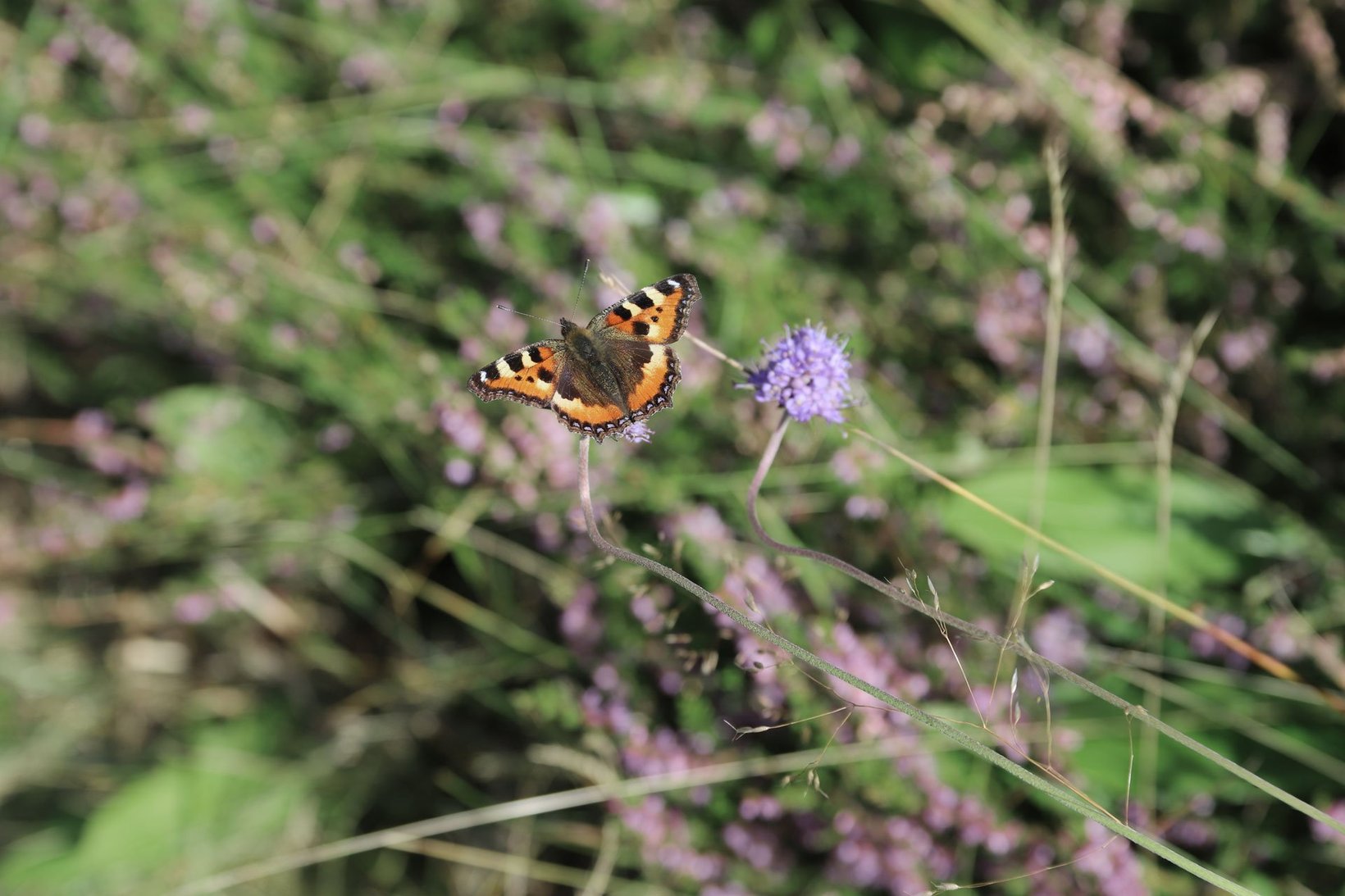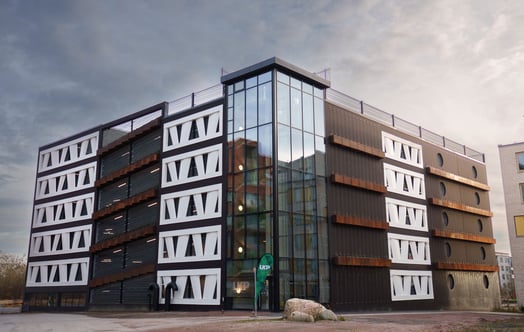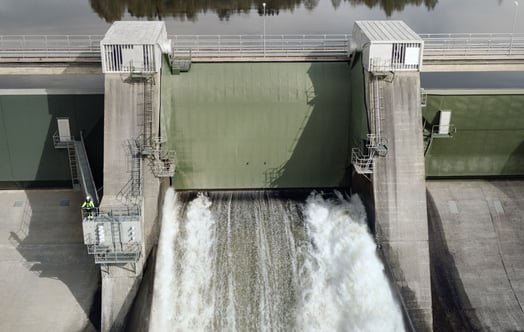Energy transition, biodiversity and responsible use of land - to some people inherent contradictions, but in Vattenfall’s power line corridors they have been extensively reconciled. In 250 km of biodiversity hotspots in Sweden, Vattenfall Distribution is enhancing living conditions for species that are otherwise under heavy pressure.
In recent years, it has been realised that Sweden’s power line corridors are home to many of the species that normally live in the traditional, species-rich grasslands maintained by extensive mowing and grazing but unaffected by fertilisation, ploughing or seeding. Research reports point at the importance of power line corridors as part of a green infrastructure of grasslands as the amount of traditional, species-rich grasslands decreases and the power line corridors increase in numbers due to the energy transition.
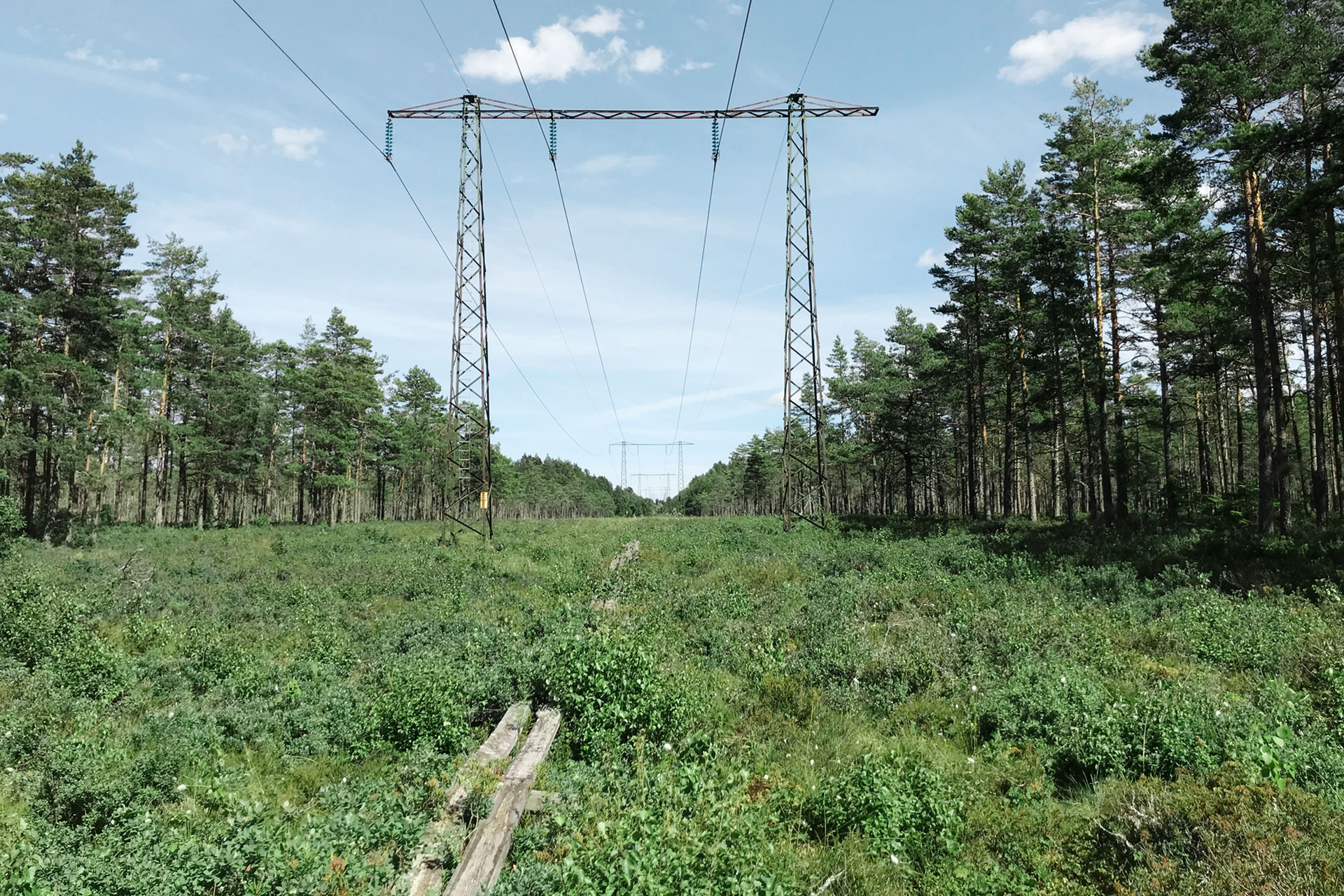
A unique opportunity to support biodiversity
The recurring clearings of Vattenfall Distribution’s power line corridors, required to secure a reliable and safe transmission of power, keep them free from trees and bushes which inevitably impacts environment and carbon uptake. But it also opens up the landscape and provides good habitats for grassland species - even several threatened and red-listed species.
“With some 8,600 km of power line corridors in the regional grid, Vattenfall has a unique opportunity to offer new grassland habitats to some of the species that are under pressure,” says sustainability strategist Ylva Wahlstedt from Vattenfall Distribution in Sweden. “The power lines are vital infrastructure for the electrification of Sweden in which Vattenfall plays a leading role, but they also take up a lot of land. We therefore have an inherent obligation to make the best possible use of the land we use for the benefit of neighbours, local communities, biodiversity and ultimately the climate”.

Sign up for our newsletter THE EDIT
THE EDIT is Vattenfall's new monthly newsletter. Each issue highlights a new burning issue from the world of sustainable energy and fossil freedom.
Identifying biodiversity hotspots
In 2017 and 2019, Vattenfall Distribution conducted a GIS-based analysis to identify areas that could be of importance for biodiversity in its power line corridors. The result indicated that 1,600 km of the total 8,600 km could be hotspots of potentially valuable grassland in middle and northern Sweden.
“After we had conducted the GIS analysis, we proceeded to do field studies and biodiversity assessments of the 1,600 km to validate the results of the GIS analysis and to prioritise the most valuable hot spots from a biodiversity perspective,” explains Ylva Wahlstedt.
During the field studies, habitats and species were documented and the hotspots were classified into four categories based on the prevalence of red-listed species, indicator or signal species, regionally important species and the quality of the biotope. When the field visits had been finalised, the results showed 980 hotspots which cover about 250 km of the power line corridors.
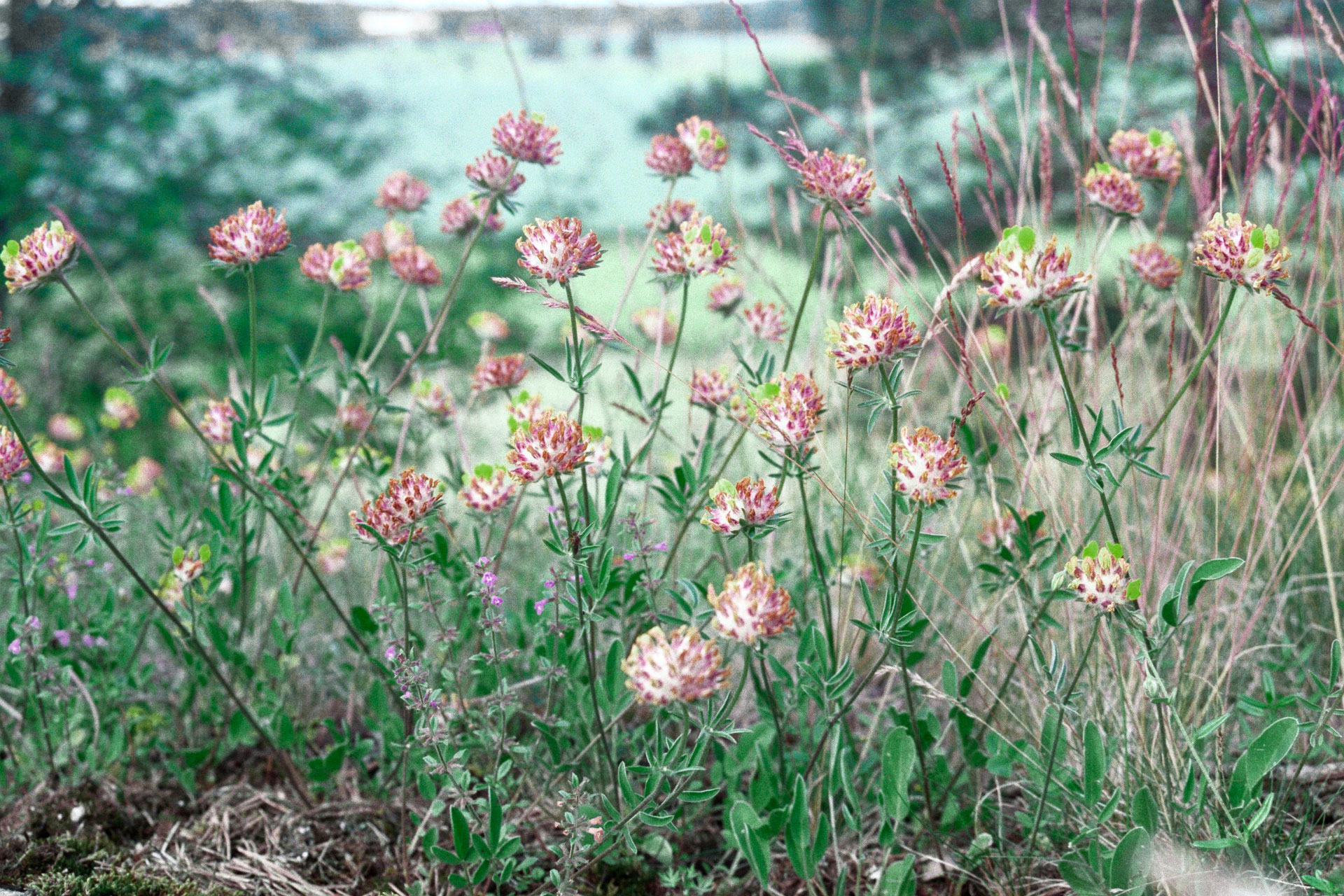
Maintenance tailored to improve biodiversity
To ensure that electricity can be transported as safely and reliably as possible, Vattenfall’s maintenance routine involves clearing out its power line corridors every eighth year at a width of 40 metres, and every fourth year the so-called patrol path that is used for inspections and maintenance is cleared out at a width of 3 metres. This maintenance routine keeps the landscape underneath our power lines open.
But the insights obtained from the identification of hotspots lead to implementation of tailored maintenance plans for each of the 980 identified hotspots, so that they improve the conditions for biodiversity and increase the hotspots’ value. The plan may include creation of glades, widening patrol paths and removing the cut material as well as special trimming and thinning out to prevent overgrowth and maintain the living conditions for flora and fauna.
To date maintenance has been conducted on 30% of the hotspots, and the target is to have introduced the tailored maintenance approach at 70% of the hotspots by 2025.
“Implementing measures to enhance biodiversity is a key part of our sustainability goals and during the process of implementing the tailored maintenance in our power line corridors, we acquired a lot of knowledge on biodiversity values and tools within this field. Lessons that we are now applying when we look into expanding our biodiversity focus to also include our substations in the regional network,” Ylva Wahlstedt concludes.
Red-listed marsh fritillary butterflies
One of the species that have benefitted from Vattenfall Distribution’s biodiversity efforts is the marsh fritillary butterfly. It has gone down considerably in numbers over the past 30 years, it is red listed and part of EU’s habitats directive as well as covered by national measures for protection. At Vattenfall’s facilities in and around Älvkarleby, this butterfly is present in power line corridors and special plans have been implemented for the area by Vattenfall in cooperation with authorities in Uppsala and Gävleborg.

